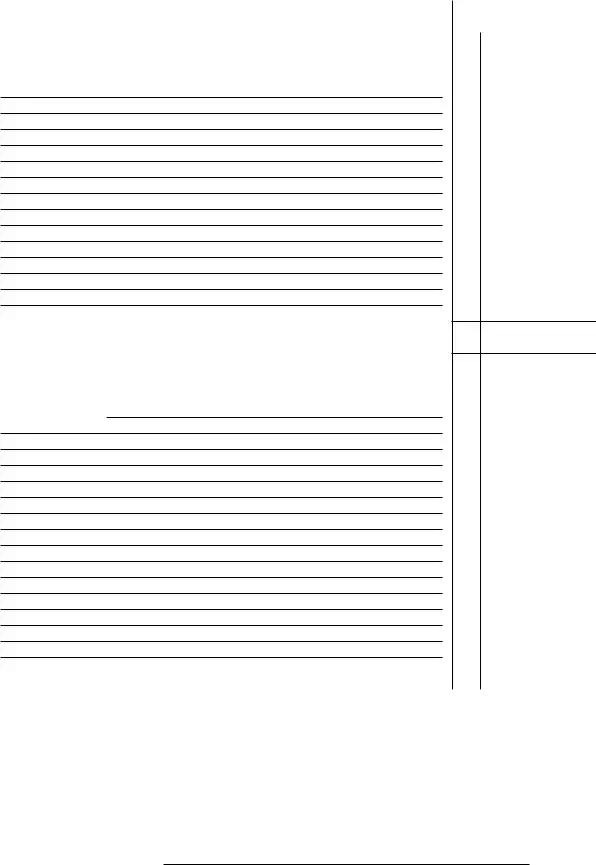The IRS Schedule B (Form 1040) is a document that taxpayers in the United States use to report certain types of income, particularly interest and dividend income. It bears similarity to several other tax-related documents, each serving its unique purpose within the framework of the IRS's mission to collect taxes efficiently while maintaining fairness in the tax system. One of these documents is the IRS Form 1099-INT, which is used by banks and other financial institutions to report the interest income paid to investors. Both Schedule B and Form 1099-INT focus on tracking income from investments, but while Schedule B is where the taxpayer reports this income, Form 1099-INT is the document through which the payer of the interest income reports how much was paid, effectively acting as a source document for the Schedule B.
Another document closely related to Schedule B is the IRS Form 1099-DIV. This form is used by corporations and mutual funds to report dividends and distributions to investors. Similar to the way interest income is reported, Schedule B is used to summarize the dividend income a taxpayer receives, which is initially reported by the payer on Form 1099-DIV. This ensures that all dividend earnings are accounted for in the taxpayer’s income, reflecting the interconnected nature of these forms in reporting investment income.
The Foreign Bank and Financial Accounts Report (FBAR) is another form that shares a common purpose with Schedule B, but with a more specific focus. It is required for reporting financial interests in, or signature authority over, foreign financial accounts when the aggregate value of those accounts exceeds $10,000 at any time during the calendar year. While Schedule B asks if the taxpayer had such financial interests, the FBAR goes into detail, requiring the taxpayer to list every qualifying foreign account. This interconnected requirement emphasizes compliance and transparency in foreign asset reporting.
Similarly, the IRS Form 8938, Statement of Specified Foreign Financial Assets, has objectives that align closely with Schedule B’s Section III, which deals with foreign accounts and trusts. Both require disclosure of foreign financial assets, yet Form 8938 is more comprehensive, asking for specific details regarding the type and value of assets. The aim is to ensure individuals report their foreign financial assets above a certain threshold, complementing the Schedule B with more detailed information.
The IRS Form 8960, Net Investment Income Tax, is yet another form that relates to Schedule B, particularly for individuals who need to calculate an additional tax on their investment income, which includes interest and dividends. While Schedule B helps report this type of income, Form 8960 calculates the tax due based on that income, among other types, indicating how these forms work together to ensure proper taxation of investment income.
Lastly, the IRS Schedule D (Form 1040) is intricately connected to Schedule B as both deal with income from investments. However, while Schedule B focuses on interest and dividends, Schedule D is used to report capital gains and losses from the sale of investments. This distinction delineates different types of investment income and losses, showcasing the IRS’s comprehensive approach to investment reporting. Together, they cover the spectrum of taxable investment activity, ensuring that taxpayers report their income accurately and completely.
These documents collectively form a network that captures various facets of an individual’s financial profile, from interest and dividends to foreign accounts and capital gains. Understanding each form’s role and how it complements others is essential for accurate and complete tax reporting, highlighting the IRS’s multifaceted approach to tracking and taxing income.

